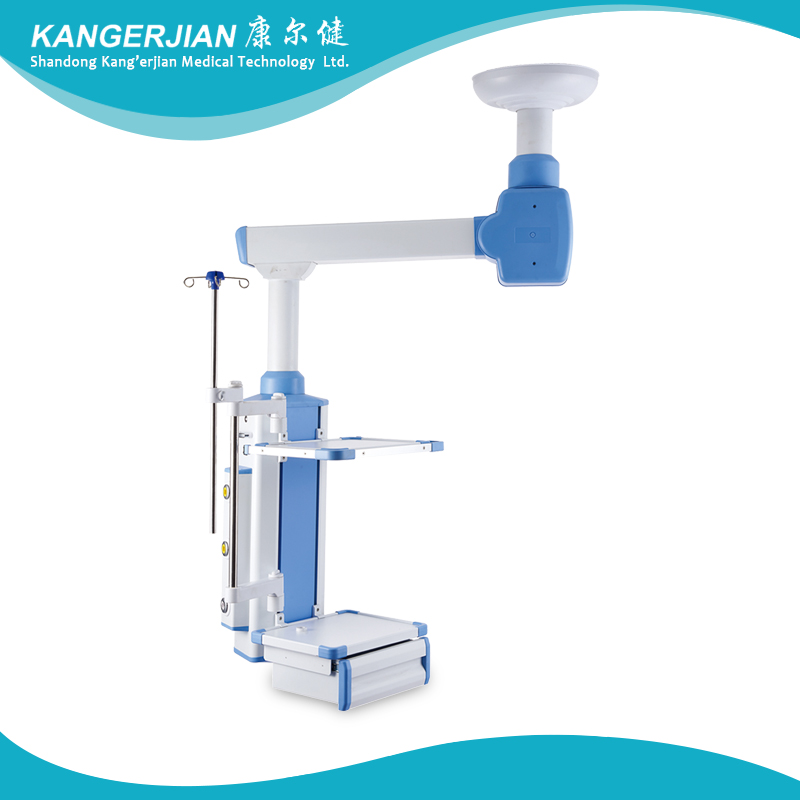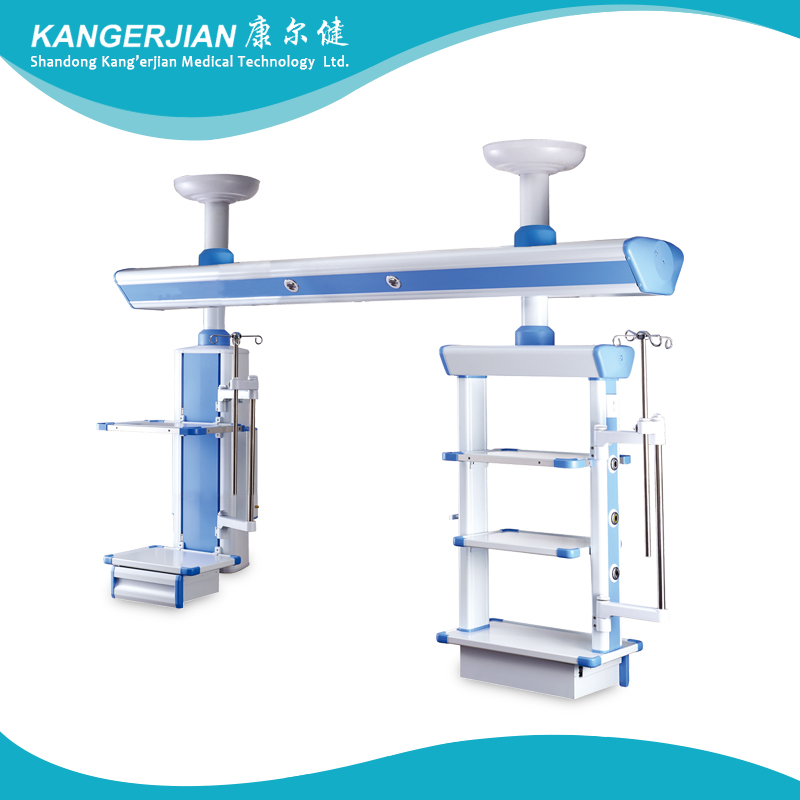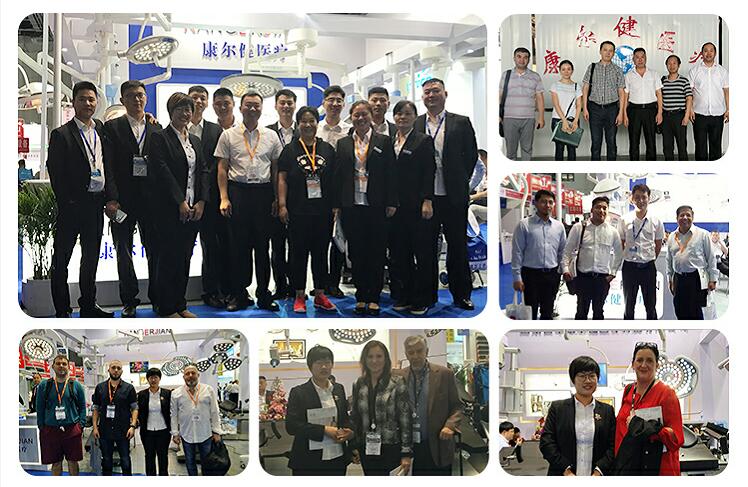First, the cultivation and selection of pro-frogs
1. Site selection and structure of the pro-frog pool The spiny-breasted frogs should be built in spring waters with adequate water sources, no pollution sources, easy irrigation and drainage, convenient transportation, quiet environment, and cool shaded mountains (above 600m above sea level). , Shanshui and groundwater are the most ideal; the frog pool is generally a concrete pool with a height of about 1m, an area of ​​3 to 5 square meters, and a maximum size of 10 square meters; the pool shape is a rectangle, and the bottom of the pool is slightly inclined. Water restriction hole is provided. The hole is 10cm to 20cm away from the bottom of the pool. The water level can be adjusted freely. The water inlet pipe is installed on the side above the pool, and the drainage hole is located at the lowest position. The pool is equipped with water surface, land, stone caverns, grasses, and feed platforms, etc. There are awnings and anti-escape nets. The new pool should be washed with water for several times (about 1 month) to eliminate alkalinity and then used after routine disinfection.
2. The stocking density of frog stocking and rearing-like stocking is 10/m2 to 15/m2, and the conditions can be reduced to 5/m2 to 8/m2 in the spawning season. The ratio of male to female is 1:1. The live bait that feeds frogs is mainly quail. It is fed once a day before dark in the evening. The daily feeding amount is about 5% of the total weight of the frogs, which depends on the climate, water temperature, and frog's feeding. Flexible control, generally based on the principle of a slight surplus on the second day.
3. Selection of pro-frogs Before hibernation to reproduction, the parental frog should be screened and selected. Individuals should be sized (female frog weight should be above 150g, male frog weight should be above 200g), well-developed, and no injury or illness should be considered. The breeding frog used in the year.
Second, artificial breeding
1. The optimum temperature for spawning and fertilization of spiny-breasted frogs is between 18°C ​​and 26°C. In the inland mountainous areas in eastern Fujian Province, from late April to mid-September, the breeding season of spiny-breasted frogs is mid-May to mid-May. The peak of the spawning season is in late June. During the breeding season, mature male frogs will issue courtesy calls for “fighting and squeaking†to attract female frogs. After the two sides contact each other, they will hold the pair. After a few hours, the female frog will be stimulated to expel eggs, and the male frogs will quickly platoon. Sophisticated, in vitro fertilization, sperm and eggs combined in water to complete fertilization. Female frogs spawn three times each year, and the annual egg production varies with the size and age of the individual, generally 400 to 600, and up to 1,000. The fertilized eggs of the spine-breasted frog are larger and spherical, the animals are extremely black, and the plants are extremely white. They have colloidal membranes and are sticky. When they have just been produced, they have egg diameters of 3 to 4 mm, and they can increase in size when they swell in water. 2 ~ 3 times. Between the eggs, the egg membranes are adhered to each other in blocks and adhere to pool walls, rocks, or artificially set eggs (in the pool, nylon mesh bags, etc.). Some of the eggs that have just been produced are extremely upward and some animals are extremely upward. The normal fertilized eggs will be automatically transposed after a few hours of output and the animals will be extremely upward. If they are not automatically transposed after several hours, they are Unfertilized eggs. Under normal circumstances, the fertility rate of natural reproduction can reach more than 90%.
2. Frog eggs collection and hatching During the breeding season, the pool was patrolled once in the morning, and it was found that the egg masses had to be hatched out in time to avoid leaving the pool for a long time. The glial membrane softened and sank into the bottom of the pool, causing hypoxia and death of the egg cells. The hatching pool is located in the interior and is a concrete pool structure. It has an area of ​​2 square meters and a water depth of about 20cm. It can deliver 4 eggs per square meter to 5 groups/square meter. During the incubation period, the microfluidic state is maintained, and the unfertilized eggs that cannot be normally transposed in the animal and the egg becomes turbid white should be removed in time to prevent the fungus from infecting the hydromycosis. Water temperature 16 °C ~ 23 °C, the general 7 days to 8 days can be hatched larvae; water temperature 25 °C ~ 28 °C, it will take 4 days to 5 days hatch maggots. If the water quality is good, the climate is normal, and the management is proper, the hatching rate can reach more than 80%.
Third, quail feeding
1. Dianchi pool is not informal, but it should be structured, with an area of ​​10 m2 to 30 m2. The walls of the pool were plastered with cement. The central pool built 3 to 4 dew platforms (also known as frog islands) with an area of ​​1 square meter and a height of 1cm to 3cm above the water surface. Died of drowning for a long time. The depth of the pool water is 20cm to 30cm, which does not submerge the young frog island. Inlet and outlet openings are installed to prevent escape. In order to adapt to the ambiguous living habits of Yu Xiyin, black shade fabrics can be added to the top of the pool.
2. Preparations before stocking First, dredging, desalination, Dianchi pond should be cleared after the completion of the pool, covered with clean sand, and soaked in water for about 2 weeks during the irrigation, drainage flush 3 ~ 4 Times. The second is disinfection. Disinfection is carried out with lime 120 mg/L, potassium permanganate 20 mg/L or bleach 10 mg/L 7 days to 10 days before stocking.
3. After 4 to 5 days of hatching, the yolk sac disappeared and the digestive system became sound. At this point, the earthworms should be picked up from the hatching pond and fed into the pond. The stocking density depends on the size of the storks. The stocking density of the 10-day-old pupa is 1000 to 2,000/m2, 300 to 500 larva/m2 for 30 days and over, and the breeding period is about 30 days. Size sorting, grading rearing, grading stocking density can be reduced to 100 / m2 to 200 / square meter; if the initial stocking density is 100 / m2 to 200 / m2, no need to split the pool in the middle, can Incubate the cricket directly to metamorphosis to become a frog.
4. Feeding management Early feed types are mainly cooked egg yolk. In the later period, full-price fish feed or fish meal is used, and artificial feed can also be used. Formulated feeds are mainly animal feeds (animal organs, fish meal, etc.), with a small amount of vegetable feed (bean residue, bean cake, rice bran, wheat husk, corn flour, etc.), mixed with starch and simmered into a paste, and squeezed into small ones. group. When feeding, the cooked egg yolk is crushed (not to be broken) and then filtered through a 40-mesh gauze, and the whole filtrate is poured. After 3 days to 4 days, fresh soybean milk can be fed. After 10 days to 15 days, it can be gradually cooked. Corn paste, fish paste, paste and so on. With the enhanced swim performance of quail, the feed can be put on the feed table for fixed-point feeding (the area of ​​each feed table is about 1 square meter, the feed table is placed at 2cm underwater, and one breeding pond can be placed at 3 to 5 ) Each day will be fed once a day, once in the morning and evening, on days 10 to 15 days of age, 20 g/1000 to 30 g/1000 pigs, 15 to 30 days of day, 30 g/1000 pigs to 50 g/1000 pigs. At the end of the day, the amount of daily feeding above 30 days of age is 50g/1000 to 80g/1000, which can be flexibly controlled according to the weather, water temperature, and eels feeding on the day. Generally, it is advisable to eat it every day.
The quail was raised to about 50 days and began to grow on the hind limbs. The forelimbs were raised until about 65 days. At this time, they entered the metamorphosis stage, began to tail off and stopped feeding. It takes about 10 days to complete metamorphosis. During this time, feed should be fed little or not, and human and other external disturbances should be minimized so as not to be prolonged.
5. Day-to-day management We insist on patrolling the pool every morning and evening, carefully observing the surrounding environment and the growth of crickets, and preventing the invasion of snakes and rats. Every 5 days to 7 days, clean the water and change the water once to ensure that the pool water is clean and fresh, and prevent the leftovers from damaging the water. In the summer high temperature period, new water should be added in a timely manner (conditional microfluidic state can be maintained), and the heatstroke can be reduced to keep the water quality fresh and the water body rich in dissolved oxygen, which is conducive to rapid growth. In autumn, the temperature of the water gradually decreases, and the amount of feeding can be appropriately reduced, and some tiles are placed in the pool so that the quail can safely overwinter in the cave. After the water temperature rises in the next year, the water temperature can be increased by adding appropriate meals, prompting the mutton to become a baby frog.
6. The regulation of mutated metamorphosis is in the metamorphosis stage and is very sensitive to water temperature. If it enters metamorphosis in winter, the mortality rate is extremely high. It is generally 70 days to 80 days from the newly hatched to full metamorphosis to the young frog. However, the length of the metamorphosis period is related to the feed, and it can be adjusted by adjusting feed nutrient composition and controlling the amount of feed. The quails hatched from April to July should strengthen feeding and management, increase the proportion of animal feedstuffs in feed, such as feeding more fresh quail, and promote the complete detachment of frogs from July to September of that year; The larvae hatched in ~9 months can properly control the amount of feeding, and less feed the animal feed, postponing it until the end of the wintering period and then enter the metamorphosis period to increase the survival rate.
IV. Feeding young frogs Feeding young frogs means feeding the frogs after they have been completely decapitated (about 5g to 6g in body weight) until about 20g in weight.
1. Construction of young frog pool The young frog pool is rectangular, with an area of ​​about 5 square meters. There are half of the water and land in the pond. One end is a part of the body of water that the young frogs inhabit. The water depth is 20cm, and the area accounts for 50% of the total pond area. The pool maintains micro-flowing water all year round, and anti-escape grids are installed at the inlet and outlet; on the other end, the frogs are land-based. Environment and feed table, feed table is square, 3cm to 5cm above the water surface, surrounded by a 6cm high border, water storage 1cm ~ 2cm, in order to prevent the escape of live bait, can make the side rake inward with the feed table plane At an angle of 75, the inner wall of the edge is plastered with cement and a smooth glass strip is applied. A 1m high wall was built around the young frog's pool, and a 20cm wide anti-escape belt was attached to the inner wall of the wall with a smooth building tile to prevent young frogs from fleeing the wall. The top of the pool can be covered with black shade cloth or scaffolding to plant grapes, fruits and other measures to prevent heatstroke, so that the young frogs can normally move and feed during the daytime.
2. The preparatory work before stocking includes dredging, alkali elimination, and disinfection. The method is the same as that for Dianchi.
3. The stocking of young frogs is generally just the metamorphosis of the frog stocking density of 150 / m2 ~ 200 / m2 is appropriate, stocking too dense prone to disease. The frogs were sterilized with potassium permanganate solution (15 mg/L) or copper sulfate solution (0.7 mg/L) for about 10 minutes before stocking.
4. Feeding and managing newly-metamorphous frogs are transitional stages from aquatic to terrestrial frogs, their morphological structure, living habits, and feeding habits are all changing. Each organ is not yet fully developed, and predation and activity are weak. Therefore, it is necessary to carefully cultivate, feed and feed well. At this time, live bait with high protein content, comprehensive nutrition, weak activity, and easy predation by young frogs should be fed, such as fly maggots, mealworms, white ants, and fleas. When feeding quails, they should be washed and soaked in fresh water for 15 minutes to allow them to empty the stool and then wash away the mucus from the body surface. Then, the larvae cut into 0.5-1.0 cm sections are picked and fed. Feeding time is appropriate for 17σ00 in summer and about 15σ00 in advance after autumn. The amount of daily feeding can be controlled at 5% to 7% of the body weight of the frog. In order to increase the source of live bait, a black light with a power of 8 W is installed above the feed table in each pond. A glass block screen is placed next to the lamp to allow flies, moths, mosquitoes, and insects to fall into the feed after hitting the board. Taiwan for prey for young frogs.
After being raised for more than one month, young frogs have enhanced predation ability. They can increase the number of small live fish and shrimp fed, so they can feed more and more. The daily feeding amount is about 10% of the weight of the young frog. Small fish and clams were cut into small pieces of nearly 2 cm in length. If the food is unpalatable and the young frog does not eat it, it will cause the young frog to anorexia and starve to death.
In the daily management, one is to clean the feed table. Because the frogs have cleanliness, the clean environment will double the frog's appetite, and the frog droppings and residual baits on the feed table can be cleaned before each feeding. Then feed the new bait again. The second is the timely feeding in separate pools. Due to the different growth rates of spiny-breasted frogs, the individual frogs kept in the same pool have large differences. To avoid disability, the population is screened once a month for breeding, and it is conducted in small batches during screening. In order to avoid squeezing each other in the process of collecting frogs to cause trauma or trigger secondary bacterial infections. The third is to adjust the water temperature. The optimum water temperature for young frog growth is 16°C~24°C. The water temperature is too high to cause diseases. In the summer high temperature period, new water should be added in time (conditional microfluidic water can be maintained), and the heatstroke can be reduced. Maintain fresh water and rich dissolved oxygen.
ICU Arm bridge for the hospital ICU wards, intensive care unit of modern medical rescue necessary auxiliary equipment,mainly by the bridge dry and wet sections, characterized by the separation of wet and dry is reasonable structure ,allocation of landing and taking off the wet paragraph flexible and fluid infusion pump rack frame and infusion pump mount.
The moving parts adopts Damping Friction Brake system, while also matching your request in accordance with paging communications ,monitoring ,video telephony, background music ,as well as teaching and long-distance diagnosis system.
High strength aluminum alloy, anti-corrosion, easy to clean.
The bridge was subdued.


THE EXHIBATION

Double Arm Manual Medical Pendant
Double Arm Manual Medical Pendant,Anesthesia Medical Pendant,Double Armed Pendant,Operating Theatre Pendants
Shandong qufu healthyou Medical Technology co.,Ltd , https://www.kangerjian-medical.com